What Are Sanitary Fittings?
Sanitary Fittings are cleanable tubing connections installed in systems of process piping to ensure sterility and cleanliness. Like regular fittings, sanitary fittings connect sections of piping systems to regulate the flow of fluid, but sanitary fittings are specially designed and made to prevent the entrapment, formation, and spread of bacteria in the piping system.
Also known as hygienic piping or high purity piping, sanitary fittings are most commonly used in the biological, pharmaceutical, medical, food, and beverage, dairy, cosmetic and personal care industries. These industries require high levels of hygiene, sterility, and cleanliness.
Sanitary fittings are also used in facilities that use potentially dangerous chemicals, to minimize safety risks and to ensure that no contamination takes place through the leakage. The role of sanitary fittings is thus paramount in ensuring that safety and hygiene standards are maintained at all times of operation.
They ensure that the required levels of hygiene and sterility are maintained during use because they are cleanable. They can be cleaned either by being dismantled and cleaned manually or through an inbuilt clean-in-place (CIP) process.
Most sanitary fittings are made of stainless steel. Sanitary fittings must be made of sterilizable and corrosion-resistant materials that can withstand frequent exposure to high temperatures, pressure, and chemicals. Stainless steel is the most commonly used material for sanitary fittings for process piping, with high-grade alloys also sometimes used. Stainless steel is naturally antimicrobial and is resistant to rust and corrosion. It is also an easy-to-clean surface that is perfectly suited to facilities where hygiene and cleanliness are of primary concern.
Sanitary fittings are typically used as pneumatic or hydraulic fittings to connect sections of pipes, tubes, and hoses as part of a process piping system.
What’s the Difference Between a Pipe, a Tube, and a Hose?
Sanitary fittings broadly fall into three categories, based on the types of connections are designed for, namely:
Pipes — tubular hollow cylinders used for the conveyance of moving fluids (gas, liquid), usually made from material with a certain level of rigidity and permanence. Pipes are generally defined nominally, rather than based on exact dimensions.
Tubes — long hollow cylinders used for the conveyance of moving fluids, the term is often used interchangeably with “pipes,” but in engineering terminology, tubes are more strictly defined according to the dimensions of inside and outside diameter and wall thickness.
Hoses — flexible and portable hollow tubes used for the conveyance of moving fluids. Hoses are usually made of a flexible material such as natural or synthetic rubber.
Connection Types for Sanitary Fittings
Sanitary Fittings can be further categorized according to connection types, which determines how they are connected to pipes, tubes, or hoses. Here are some of the most common connection types and their functions.
Ball and sleeve fittings – Ball and sleeve fittings connect an outer retractable sleeve to an inner ball fitting.
Barbed fittings — Barbed fittings connect hoses and other low-pressure vessels through a barbed or ridged adapter that allows a firm grip.
Cam and groove coupling/ camlock adapters/ camlock fittings — Cam and groove or camlock fittings are a form of hose fitting that locks the connection when external levers are folded back over the sides of the socket. Camlock fittings are often used in industrial-strength applications such as fire hose and sewage pumping systems.
Compression fittings — Compression fittings are made up of an outer compression nut and an inner compression ferrule or ring.
Crimp fittings — Crimp fittings create an airtight seal with a metal sleeve or crimp socket that seals off the vessel. Crimp fittings are highly durable and resistant to pressure and temperature.
End fittings — End fittings provide specific end surfaces for making connections. Clamp ends are fittings which clamp the vessels to the connection. Plain ends are fittings which connect vessels by adhesive, solder, or other forms.
Flange fittings — Flange fittings are methods of connecting pipes, valves and pumps via an external or internal ridge or rim that adds strength to the system. Used when the connections require dismantling, flanges are the second most widely used joining method after welding. When applied to connect surfaces, flanges are attached with clamps, bolts, and welding. When used to connect tubes and pipes, flange fittings are attached separately to the vessel ends.
Luer taper/ Luer locks — Luer taper or luer locks are an industry-standard system for small-scale fluid fittings, where a male-taper fitting is connected into its female counterpart fitting. They are commonly used for short, single-use applications such as syringes and to connect tubes in medical and laboratory applications.
Push-on/ push-to-connect fittings — Push-on or push-to-connect fittings are designed to connect by pushing a vessel into one end of a connection fitting. They are usually designed with a ring of metal spurs that grips the end of the vessel that is inserted into it. These fittings are suitable for applications that require frequent disconnection and reconnection.
Threaded joints/ threaded fittings — Threaded fittings are one of the oldest forms of fittings for piping systems. They connect vessels using threaded fastening such as bolts and nuts. The screw threads are made with grooves on their inner (female) or outer (male) surfaces which connect to matching threads.
Sanitary fittings are used in a variety of functions, including:
- Fittings which provide special connections to a vessels such as valves.
- Fittings which extend or terminate a vessel such adapters, plugs, sleeves, or caps.
- Fittings which alter the direction of a vessel such as elbows, tees, wyes, and crosses.
- Fittings which alter the size of a vessel such as reducers and olets.
Here are some examples of Sanitary Fittings commonly used in process piping systems:
- Sanitary Clamps
- Sanitary Elbows
- Sanitary Tee & Cross
- Sanitary Reducers
- Sanitary Ferrules
- Sanitary Unions
- Sanitary Pipes/ Tubes
- Sterile Flanges
Conclusion
Sanitary Fittings share certain common characteristics in terms of how their dimensions are measured and the kind of material they are made from. For example, sanitary piping is always measured in by the OD (outside diameter) of the fitting’s tube section.
Our People Want to Help
As a manufacturer of stainless steel sanitary fittings, SIMPLE VALVES aims to arm its potential customers with information that would help them in making an informed decision.
Our sales representatives are ready to help, please feel free to email us at sales@simplevalves.com or submit your request directly in below form.
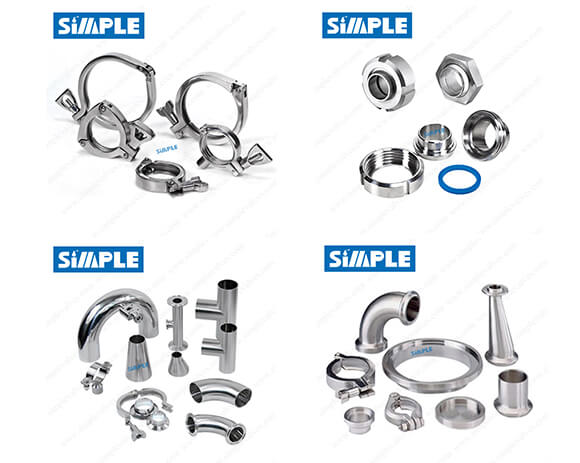
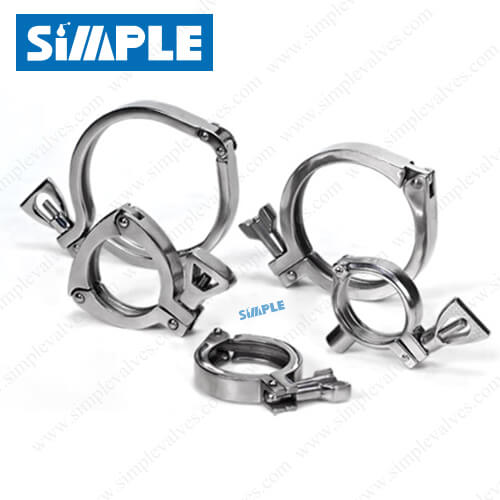
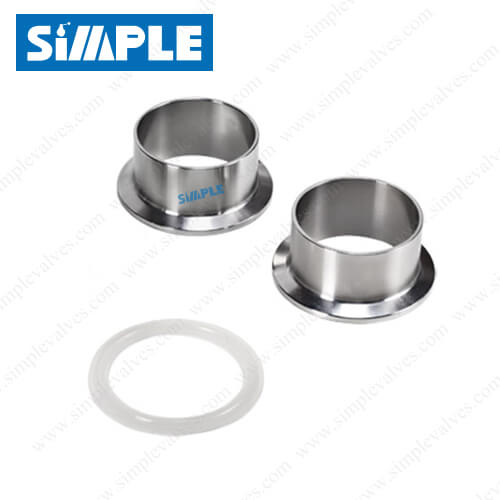
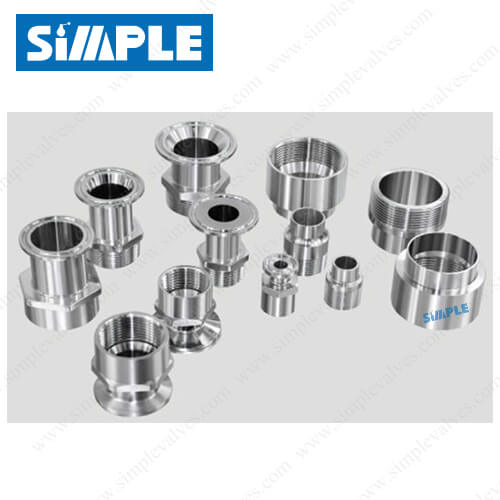
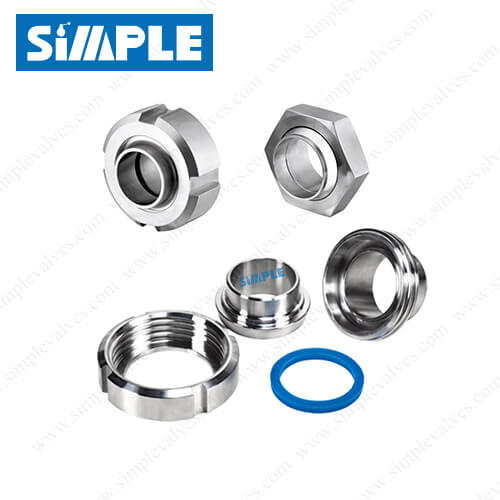
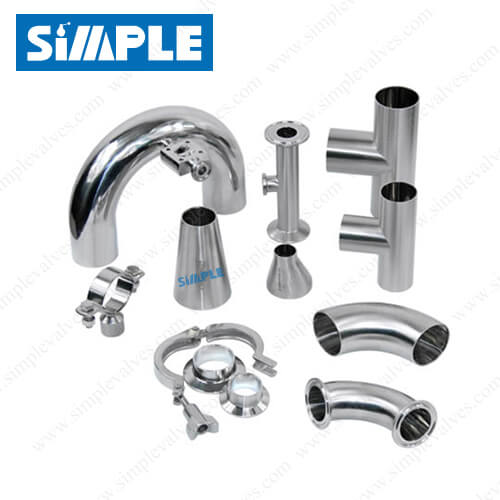
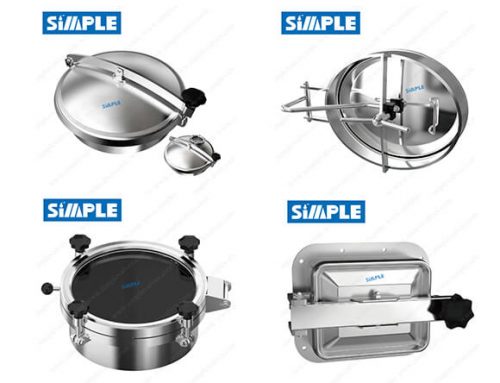
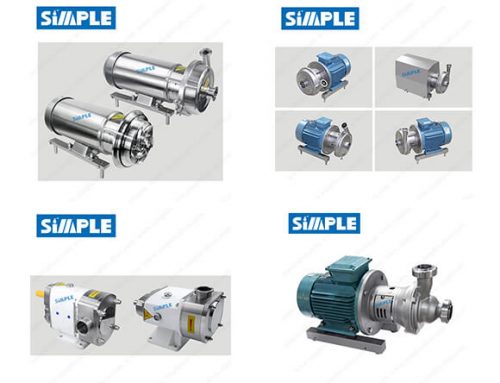
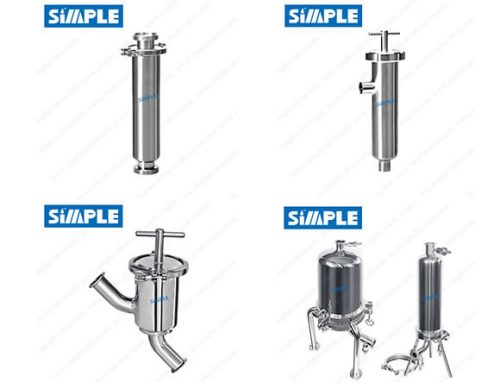
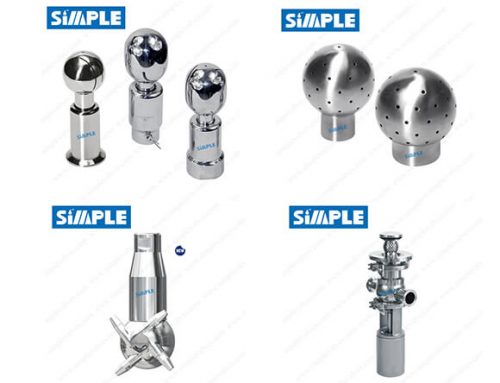
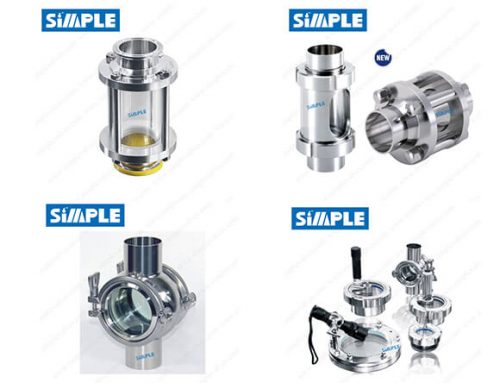
Leave A Comment